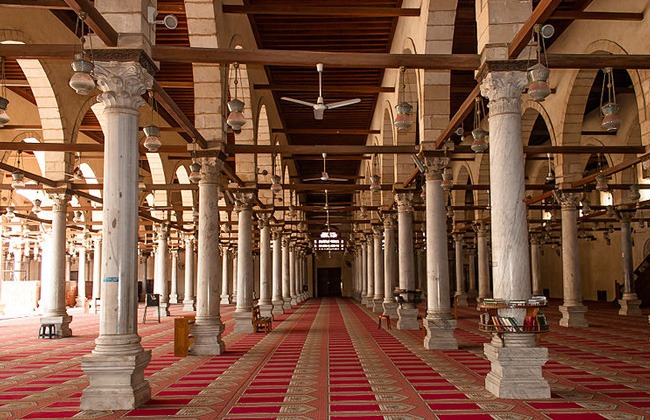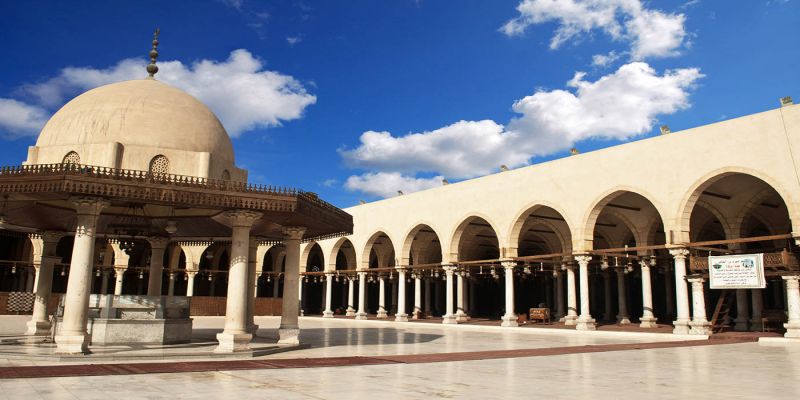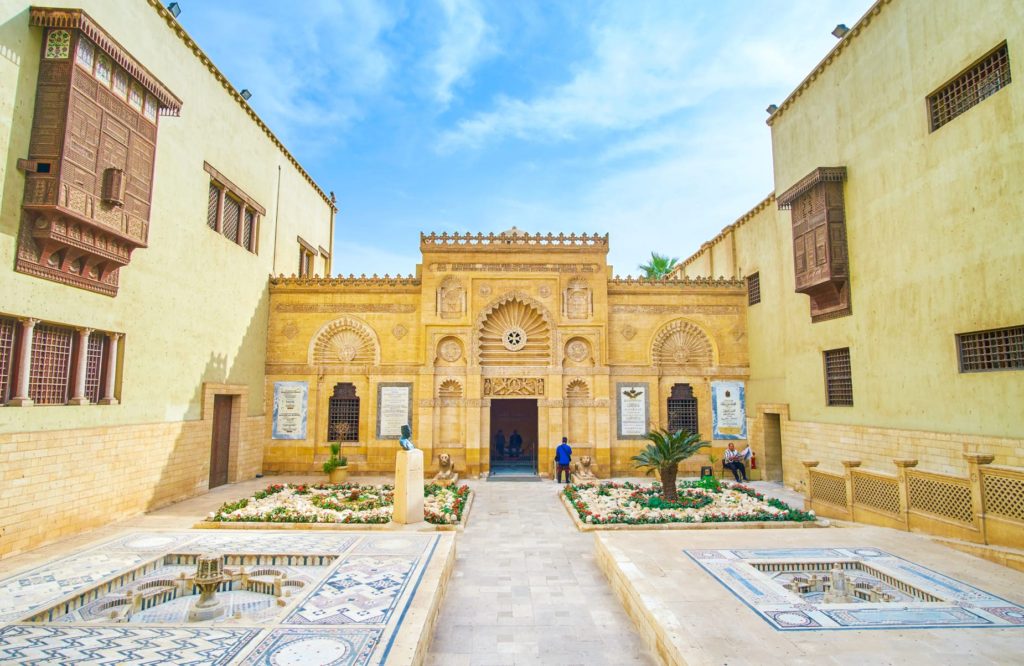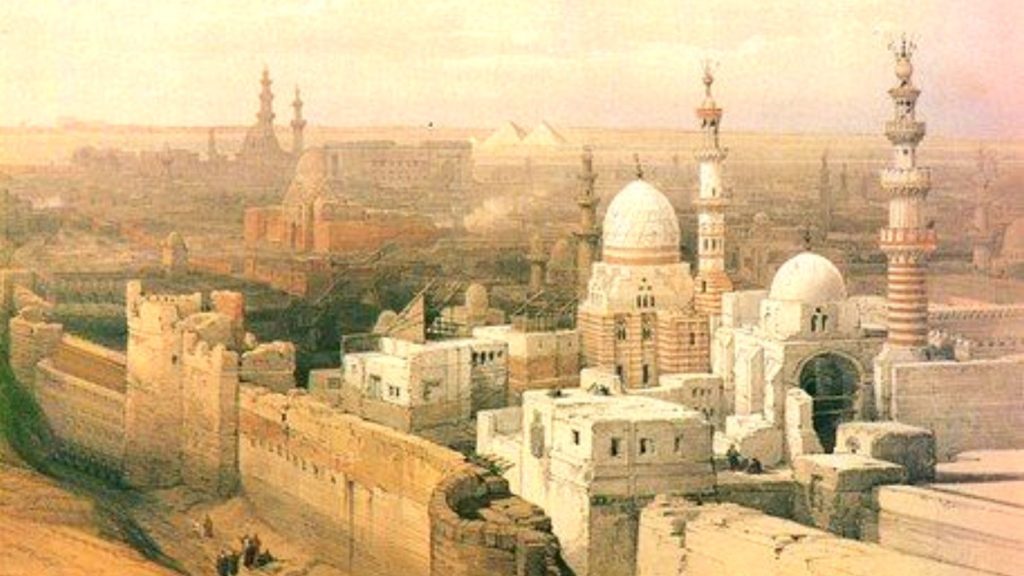Islam is about 1500 years old. Before 1.9 billion Muslims existed in over 50 countries around the world, Islam started small. Amr Ibn Al-Aas formed the first Islamic capital in the world in 641 in Egypt. Now located in Old Cairo, the first Islamic capital was Al Fustat, meaning “tent.” Moreover, Al Fustat currently has many archeological sites and monuments.
After Islam entered Egypt that year, Ibn Al-Aas’ army set up camp in Al Fustat. It was the militant center for all Arabs, on a strategic location by the Nile. It’s also where the companions and followers of the Prophet Muhammed gathered regularly. Ibn Al-Aas built the first mosque and building in Al Fustat: the Amr Ibn Al-Aas mosque.

Al Fustat has a history of archeological excavations that unraveled many historical and Islamic monuments. Between 1912 and 1920, the Egyptian archaeologist, Ali Bahgat, and the French engineer, Albert Gabriel, organized excavations and discovered many Fustat houses. Made of red bricks, the houses stood four stories high. They had an open courtyard, the main hall, a garden, and many rooms. Artifacts discovered include textiles, coins, papyrus, and ceramics.
In 1932, the archaeologist, Hassan Al-Hawari, dug in some more and discovered the Tulunid House, which goes back to the era of Ahmed bin Tulun. Excavations are still ongoing by Cairo University’s faculty of archeology, with the help of the Japanese Center for Middle Eastern Studies, and the help of the U.S.
The old city continues to be home to many monumental buildings.
Amr ibn Al-Aas Mosque
It’s the oldest mosque in the continent of Africa. The Muslim community gathered there at the time for prayers and for the discussion of militant tactics. Since the establishment of the mosque, it has gone through many architectural reconstructions. Until this day, the mosque remains of historical and cultural significance, as the Muslims of Cairo still favor it for prayer and for its beautiful Islamic architecture.

The Coptic Museum
Established in 1910, the Coptic Museum remains the home to the biggest collection of Coptic artifacts in the world until this day. Each piece of the collection leads back to how Egypt was the home of Christianity, telling a historical story. The artifacts are a mix of many cultures: Pharaonic, Roman, Ottoman, and most importantly, the Coptic culture and art. The museum also has carved woodwork, manuscripts, and ancient wall paintings of religious importance.

Rawda Island Nilometer
The Nilometer was manufactured in the year 861 to protect agricultural productivity when the Nile floods. The building is made of a marble octagonal tall column, with measuring marks to measure the height of the flood. Furthermore, the Nilometers are to measure flood levels annually, protecting the fields from drowning. The Rawda Island Nilometer’s walls are engraved with Quraan verses. Surprisingly, the building is surviving with no reconstructions needed.
Imam al-Shafi’i Mosque
Abd Al-Rahman Katkhuda built the mosque in 1761. Built on Imam Al Shafi’i’s grave, the mosque honors the life of the scholar. It’s made of limestone, with a wooden roof, and a marble-decorated dome. Moreover, its walls and ceilings are covered with engravings, and panels of geometric ornamentations, presenting the rich history of Islamic architecture.
Al Fustat is even more than that. It’s the home to seven old churches, the Manasterly Palace, Prince Mohamed Ali Palace, and the Synagogue of Ben Ezra! Visit Al Fustat if you can, and you won’t regret it.





